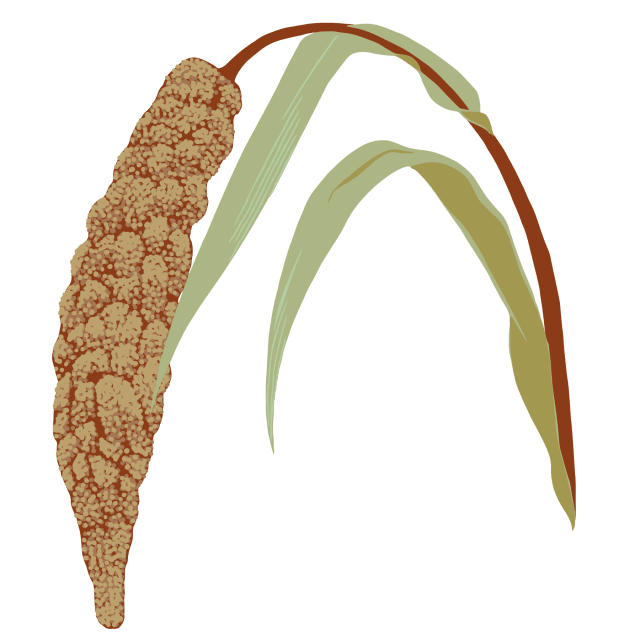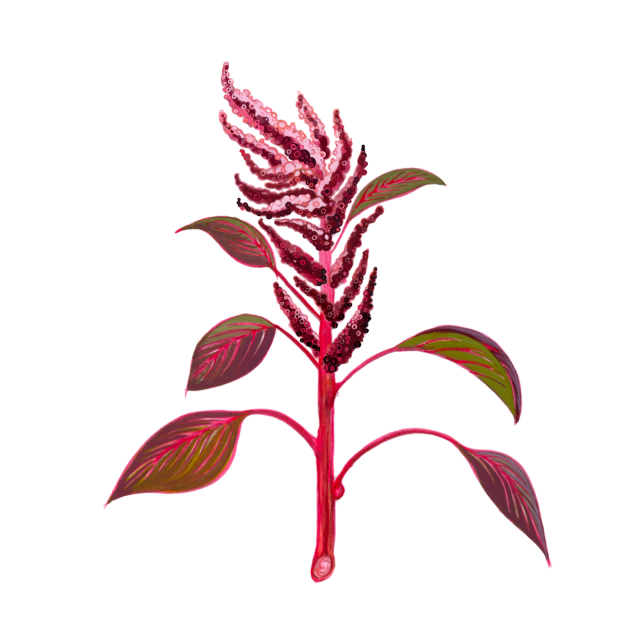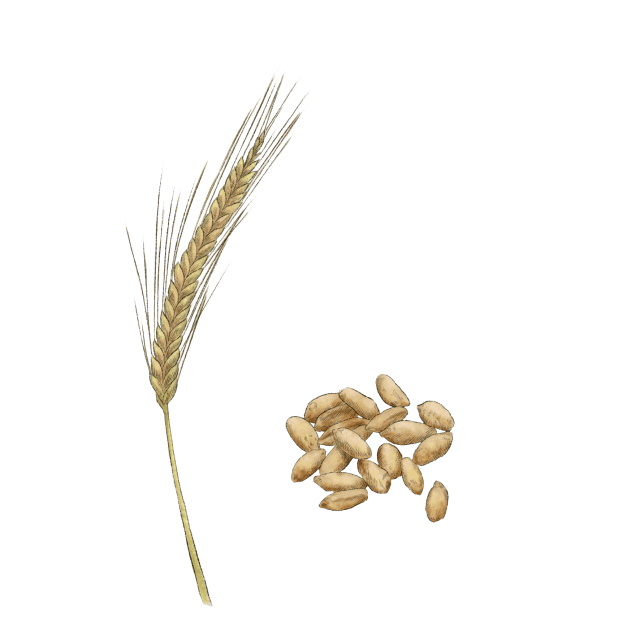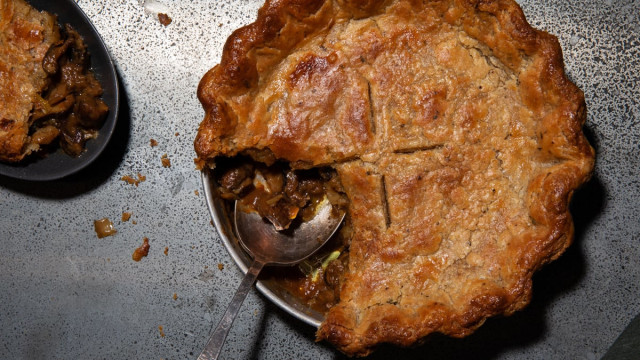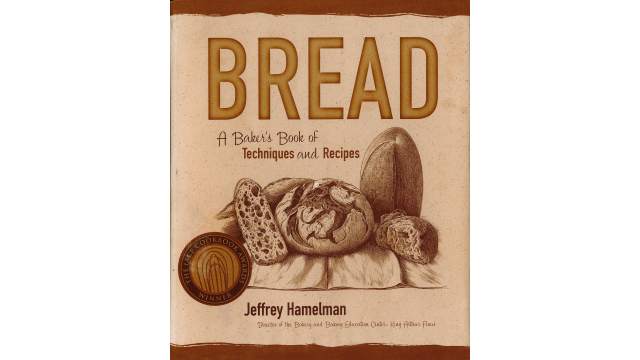Wheat
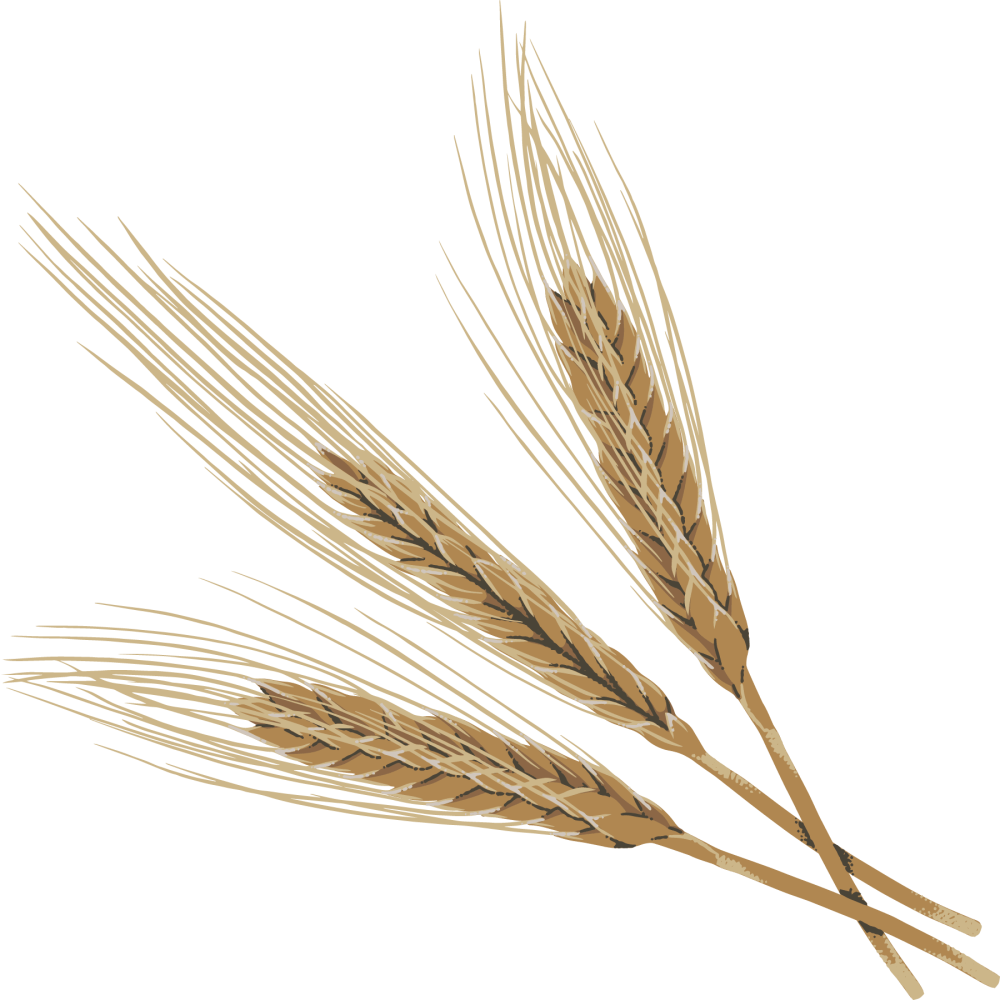
Latin name: Triticum spp.
Other names: spelt, durum, einkhorn, emmer, farro, bulghur
Uses: grain, flour, alcohol
What is wheat?
Wheat is a type of grass, the seeds of which are a staple grain in much of the world. Not only is it the highest-protein cereal of them all — up to 13% — making it the greatest source of vegetable-based protein that humans eat, but face it: we humans love our bread, noodles, and beer. That’s why wheat covers more acreage than any crop in the world. Over the past decade, wheat has found itself the reluctant center of many passionate culinary arguments, but like its cousin corn, wheat can’t help that humans have tinkered with its genome for millennia.
Why is wheat healthy?
Organic whole grain wheat conveys many health and nutrition benefits. It is a rich source of insoluble fiber, vitamins, minerals, and antioxidants, and is associated with improved digestion — even possibly helping prevent colon cancer. Gluten, wheat’s defining protein, can trigger an immune response in some individuals, though evidence increasingly links this to heavy agricultural pesticide use rather than the seed itself.
What does wheat taste like?
Wheat’s flavor changes the more it’s processed and depending on which species or variety it is. Whole wheat berries have a slightly sweet, nutty flavor when cooked; spelt is sweeter with an almost corny flavor and is primarily used in breads. Whole wheat flour has an earthier, grainier flavor, making it a nice way to add nutritional value to baked goods and pasta. White flour, maligned as a nutritional wasteland, makes the finest pastry, the chewiest dumplings, and the bounciest noodles; it has a mild cereal flavor and mostly relies on other ingredients to do the heavy lifting, flavor-wise. The distinctive flavor of Maggi seasoning (used around the world, especially Southeast Asia and western Africa) comes from wheat — it’s like the wheat equivalent of soy sauce.
How do I use wheat?
You can cook whole and cracked wheat berries like farro and bulghur in many of the same ways as rice or other cereals — use them as the basis of any grain bowl just by adding a legume, some vegetables, and your favorite sauce. Fresh tabouleh with gobs of parsley and minced cucumber always has a place on a mezze, and whole grain-based salads and pilafs are staples of Nordic cooking — toss cooked farro with crumbled goat cheese, ripe strawberries, and a drizzle of nut oil. Wheat is a nice alternative to oats for a heartier breakfast — top a bowl of warm cracked wheat with sliced bananas, a glug of warm milk, a drizzle of honey, and a sprinkle of cinnamon.
A soft, warm flatbread is a universal truth, whether you use it for pizza, scooping up creamy curries and stews, or just folding it around some beans and cheese. Best of all, a basic dough comes together in just a few minutes and doesn’t need to rise. Wheat flour is a baking staple worldwide, and despite the concerted efforts of many companies, there just isn’t a straight gluten-free substitute that works in every application.
Wheat flour is also the foundation of noodles and dumplings. A simple bowl of hand-pulled noodles with lots of cumin and cilantro is a revelation, or you can cut the same dough into bite-sized chunks and cook them like gnocchi. Feel free to add in a little rye flour for a more northern European flavor; after boiling, stir these dumplings (nudeln or nokedli) into a sauce of beer and melted butter with browned onions, apples, and caraway seed, or serve them with a bowl of hearty gulyas or borscht.
What does wheat pair well with?
As a staple starch, wheat is a mostly blank canvas for whatever other ingredients you’re using. From bread to pasta to cake, there’s not much that it won’t get along with.
Where does wheat grow?
Wheat was first domesticated in the Fertile Crescent (the Levant) as one of the founder crops, and “ancient” varieties like khorasan (Kamut) are still grown in the North American Plains and the Middle East. Common white and red wheat and durum are grown worldwide in open prairies with deep soils, like the American Midwest. The top global producers are China, India, and Russia.
How to buy wheat:
Whole wheat berries should smell fresh and nutty, not stale.
Fun wheat fact:
Though wheat gluten is now a pretty hot topic in the wellness community, back in the 19th century it was a trendy vegetarian delicacy served at all the most exclusive health spas, including the Battle Creek Sanitarium, where the Kellogg brothers invented corn flakes. The Health Food Company of New York even advertised their gluten suppository in ladies’ magazines, stating that it “proves instantly remedial and speedily curative.”

